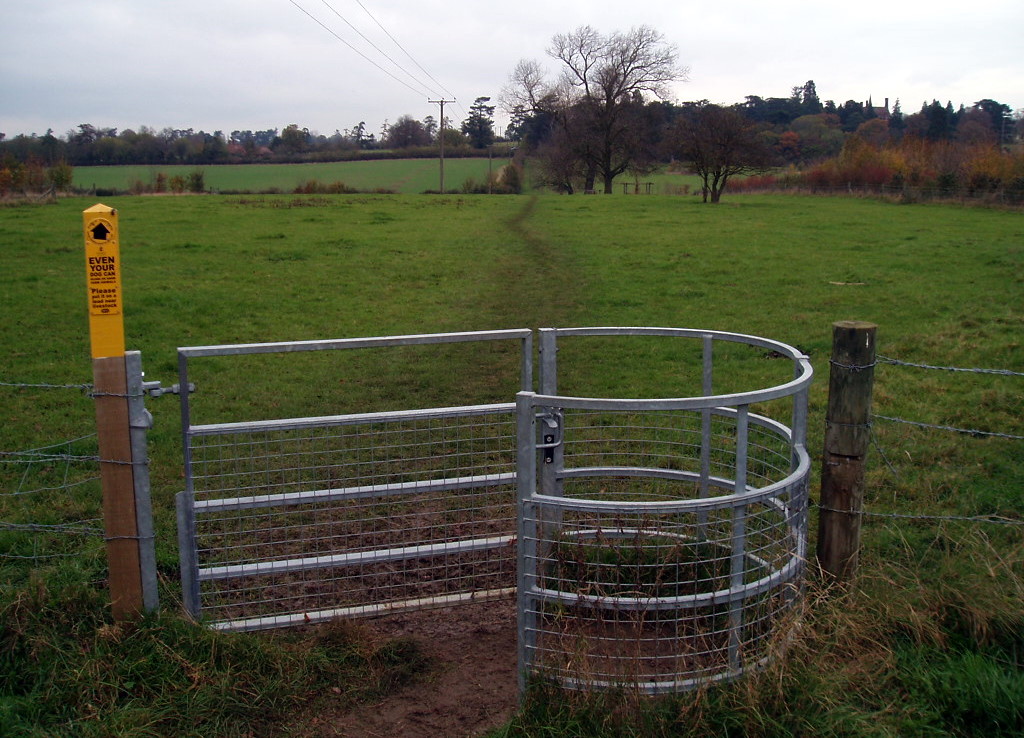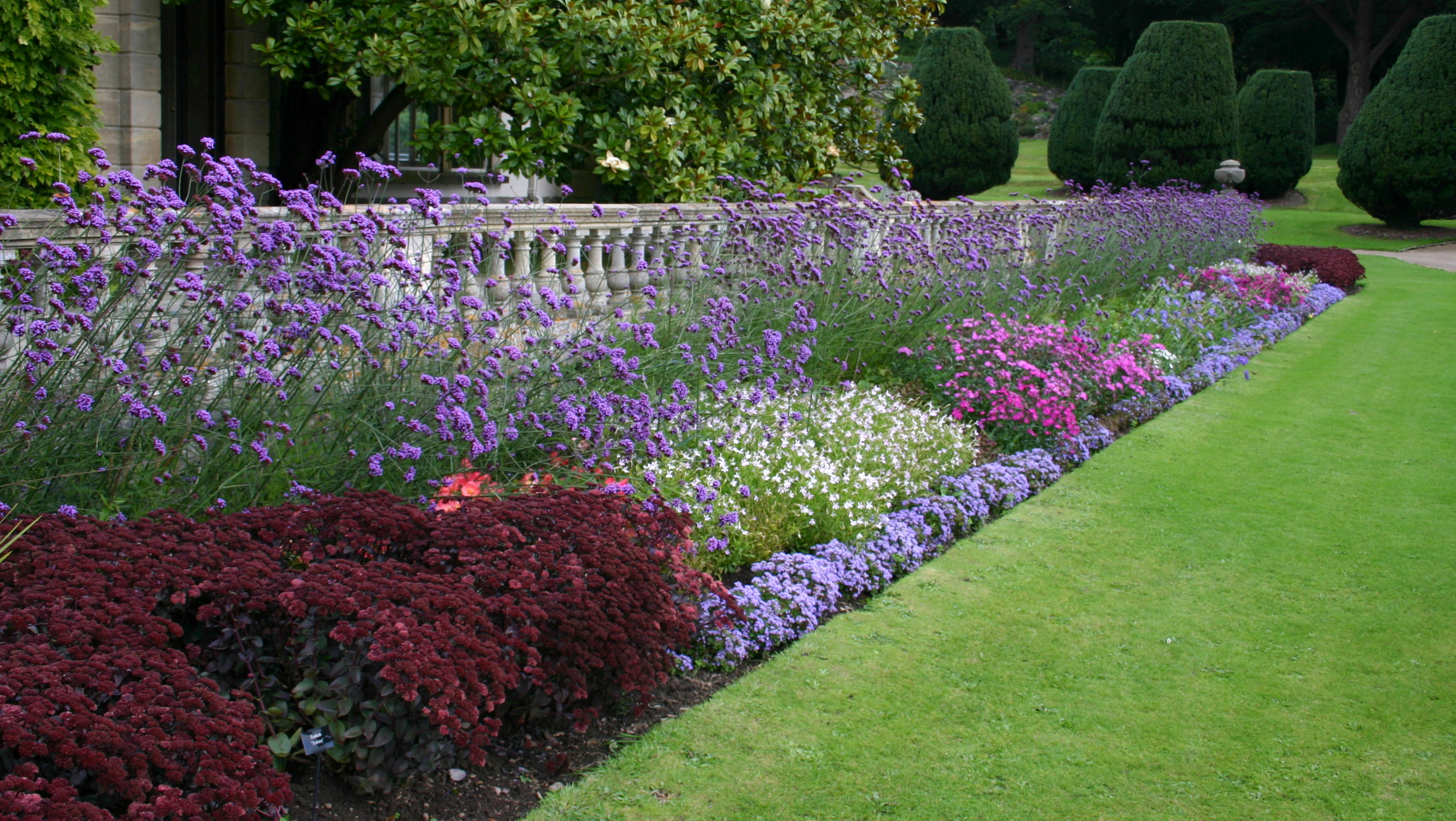|
St Lythans
St Lythans ( cy, Llwyneliddon) is an affluent hamlet and former parish in the Vale of Glamorgan, southeast Wales, just outside western Cardiff. It lies southwest of Culverhouse Cross, west of Wenvoe and southwest of Twyn-yr-Odyn and is also connected by road from Dyffryn and the Five Mile Lane in the west. It is one of the wealthiest communities in the Vale of Glamorgan, containing some notable mansions and cottages, valued on average at over £500,000 as of 2011. The megalithic St Lythans burial chamber, over 6000 years old, lies 1 km to the west of the village and the hamlet also contains the St.Lythans Parish Church or Church of St Bleddian, a Grade II* listed building. History In the 16th century, the manor in the area was acquired by the Button family, who built the first house about north west of the tumulus. The Manor's name was changed to Dyffryn St Nicholas and the house rebuilt in the 18th century, when the estate was purchased by Thomas Pryce. Worlton M ... [...More Info...] [...Related Items...] OR: [Wikipedia] [Google] [Baidu] |
Vale Of Glamorgan
The Vale of Glamorgan ( cy, Bro Morgannwg ), often referred to as The Vale, is a county borough in the south-east of Wales. It borders Bridgend County Borough to the west, Cardiff to the east, Rhondda Cynon Taf to the north, and the Bristol Channel to the south. With an economy based largely on agriculture and chemicals, it is the southernmost unitary authority in Wales. Attractions include Barry Island Pleasure Park, the Barry Tourist Railway, Medieval wall paintings in St Cadoc's Church, Llancarfan, Porthkerry Park, St Donat's Castle, Cosmeston Lakes Country Park and Cosmeston Medieval Village. The largest town is Barry. Other towns include Penarth, Llantwit Major, and Cowbridge. There are many villages in the county borough. History The area is the southernmost part of the county of Glamorgan. Between the 11th century and 1536 the area was part of the Lordship of Glamorgan. In medieval times, the village of Cosmeston, near what is today Penarth in the south ea ... [...More Info...] [...Related Items...] OR: [Wikipedia] [Google] [Baidu] |
Goldsland
Goldsland ( cy, Tregold) is a small hamlet and farm in the Vale of Glamorgan in south Wales. It is located near the boundary of the Wenvoe Castle Golf Club in the parish of Wenvoe. It lies to the east of Dyffryn and south of St Lythans and the road leading from the west passes through the farms of Old and New Wallace. Goldsland Brook flows through here. A sub-manor was reportedly held at Goldsland by a Mathew of Llandaff under the manor of Wenvoe in 1583. Goldsland Farm The main landmark is the Goldsland Farmhouse, with a planned farmyard dated to the early-mid 19th century and a large barn with double doors. The house is built from "narrow stone rubble with dressed stone voussoirs and quoins and Welsh slate roof". The farmhouse would have supplied milk to the Jenners of nearby Wenvoe Castle. Historically this farm appears to have reared some prized animals and gained some renown in the farming communities of Glamorgan. In 1870, E. Thomas won a prize for "Best Pair of Sows" by ... [...More Info...] [...Related Items...] OR: [Wikipedia] [Google] [Baidu] |
Kissing Gate
A kissing gate is a gate that allows people, but not livestock, to pass through. The normal construction is a half-round, rectangular, trapezoidal or V-shaped part-enclosure with the free end of a hinged gate trapped between its arms. When the gate is touching an arm it must be pulled or pushed to pass through. The gate may need to be pushed to give access to the small enclosure, and when in the enclosure the person pulls the gate past the bulk of the enclosure to exit. Some examples have latches. Most are installed self-closing, to the side away from the pasture (livestock field), by hinge geometry, a spring or weight. The gate may be made large enough to fit wheelchairs and the like. Alternatively, to allow pushchairs, wheelchairs, bicycles, and other things too large to pass through, a conventional gate with a less consistent swing-back or default animal-proof mechanism may be nearby, or an additional latch may allow it to open more fully. The name comes from the gate mere ... [...More Info...] [...Related Items...] OR: [Wikipedia] [Google] [Baidu] |
Cadw
(, a Welsh verbal noun meaning "keeping/preserving") is the historic environment service of the Welsh Government and part of the Tourism and Culture group. works to protect the historic buildings and structures, the landscapes and heritage sites of Wales, to make them available for the public to visit, enjoy, and understand their significance. manages 127 state-owned properties and sites. It arranges events at its managed properties, provides lectures and teaching sessions, offers heritage walks, and hosts an online shop. Members of the public can become members of to gain membership privileges. Aims and objectives As the Welsh Government's historic environment service, is charged with protecting the historic environment of Wales, and making it accessible to members of the public. To this end, in 2010–11 it identified four aspects of its work: it would take measures to conserve the heritage of Wales, its ancient buildings, and monuments; it would aim to sustain the dis ... [...More Info...] [...Related Items...] OR: [Wikipedia] [Google] [Baidu] |
Glamorgan
, HQ = Cardiff , Government = Glamorgan County Council (1889–1974) , Origin= , Code = GLA , CodeName = Chapman code , Replace = * West Glamorgan * Mid Glamorgan * South Glamorgan , Motto = ("He who suffered, conquered") , Image = Flag adopted in 2013 , Map = , Arms = , PopulationFirst = 326,254 , PopulationFirstYear = 1861 , AreaFirst = , AreaFirstYear = 1861 , DensityFirst = 0.7/acre , DensityFirstYear = 1861 , PopulationSecond = 1,120,910Vision of Britain �Glamorgan population , PopulationSecondYear = 1911 , AreaSecond = , AreaSecondYear = 1911 , DensitySecond ... [...More Info...] [...Related Items...] OR: [Wikipedia] [Google] [Baidu] |
Nicholas Carlisle
Sir Nicholas Carlisle, KH, FRS, MRIA, (1771 in York, England – 27 August 1847 in Margate, England) was an English antiquary and librarian. In 1806, he became a candidate for the office of Secretary to the Society of Antiquaries, which he obtained the following year. In 1812, he became an Assistant Librarian of the Royal Library; he went on to accompany that collection to the British Museum, which he attended two days each week. He wrote several topographical dictionaries of England, Ireland, Wales and Scotland. He also wrote an historical account of Charitable Commissioners, and of Foreign Orders of Knighthood. Carlisle traced his descent from John Carlisle (d. 1670), of Witton-le-Wear. He was the son of Thomas Carlisle. His father married, first, Elizabeth Hutchinson; they had at least one child, a son, the surgeon, Anthony Carlisle. Thomas married secondly Susanna Skottowe, who was Nicholas' mother. Nicholas was born in York, where he was baptized in the St Mary Bis ... [...More Info...] [...Related Items...] OR: [Wikipedia] [Google] [Baidu] |
Thomas Pryce
Thomas Tannatt Pryce VC MC & Bar (17 January 1886 – 13 April 1918) was a British recipient of the Victoria Cross, the highest and most prestigious award for gallantry in the face of the enemy that can be awarded to British and Commonwealth forces. An officer with the Grenadier Guards during the First World War, he was posthumously awarded the VC for his actions over the period 11 to 13 April 1918, during the German spring offensive. Early life Thomas Tannatt Pryce was born at The Hague, the youngest child of four to Thomas and Rosalie Pryce, of Pentreheylin Hall, Montgomeryshire, in Wales. His father was a landowner and merchant, with business ties to London, The Hague, and the Dutch East Indies. He was educated at Shrewsbury School and then had two terms at the Royal Agricultural College in Cirencester before leaving to travel overseas. By 1913, Pryce was a member of the London Stock Exchange, working at Henry Tudor & Son. He had married the previous year; his wi ... [...More Info...] [...Related Items...] OR: [Wikipedia] [Google] [Baidu] |
Dyffryn Gardens
Dyffryn Gardens ( cy, Gerddi Dyffryn) is a collection of botanical gardens located near the villages of Dyffryn and St. Nicholas in the Vale of Glamorgan, Wales. The gardens were selected by the British Tourist Authority as one of the Top 100 gardens in the UK and are in the care of the National Trust. History of the Dyffryn Estate The Dyffryn Estate dates back to 640 A.D. when the Manor of Worlton (also known as Worleton), which included St Lythans and St Nicholas, was granted to Bishop Oudoceus of Llandaff. In the 16th century the Manor of Worlton was rented under copyhold by the Button family, who are believed to have first settled at the manor at Dog Hill in Dyffryn.Lloyd (1958), pg 60. The family's next residence, Columbar, was thought to be built on the location of Dyffryn Gardens. The Button family occupied the estate for a number of generations, producing Admiral Thomas Button who become a notable early explorer. The name of the Manor of Worlton was changed to the Ma ... [...More Info...] [...Related Items...] OR: [Wikipedia] [Google] [Baidu] |
Tumulus
A tumulus (plural tumuli) is a mound of earth and stones raised over a grave or graves. Tumuli are also known as barrows, burial mounds or '' kurgans'', and may be found throughout much of the world. A cairn, which is a mound of stones built for various purposes, may also originally have been a tumulus. Tumuli are often categorised according to their external apparent shape. In this respect, a long barrow is a long tumulus, usually constructed on top of several burials, such as passage graves. A round barrow is a round tumulus, also commonly constructed on top of burials. The internal structure and architecture of both long and round barrows has a broad range; the categorization only refers to the external apparent shape. The method of may involve a dolmen, a cist, a mortuary enclosure, a mortuary house, or a chamber tomb. Examples of barrows include Duggleby Howe and Maeshowe. Etymology The word ''tumulus'' is Latin for 'mound' or 'small hill', which is deri ... [...More Info...] [...Related Items...] OR: [Wikipedia] [Google] [Baidu] |
Grade II* Listed Building
In the United Kingdom, a listed building or listed structure is one that has been placed on one of the four statutory lists maintained by Historic England in England, Historic Environment Scotland in Scotland, in Wales, and the Northern Ireland Environment Agency in Northern Ireland. The term has also been used in the Republic of Ireland, where buildings are protected under the Planning and Development Act 2000. The statutory term in Ireland is "protected structure". A listed building may not be demolished, extended, or altered without special permission from the local planning authority, which typically consults the relevant central government agency, particularly for significant alterations to the more notable listed buildings. In England and Wales, a national amenity society must be notified of any work to a listed building which involves any element of demolition. Exemption from secular listed building control is provided for some buildings in current use for worship, ... [...More Info...] [...Related Items...] OR: [Wikipedia] [Google] [Baidu] |





